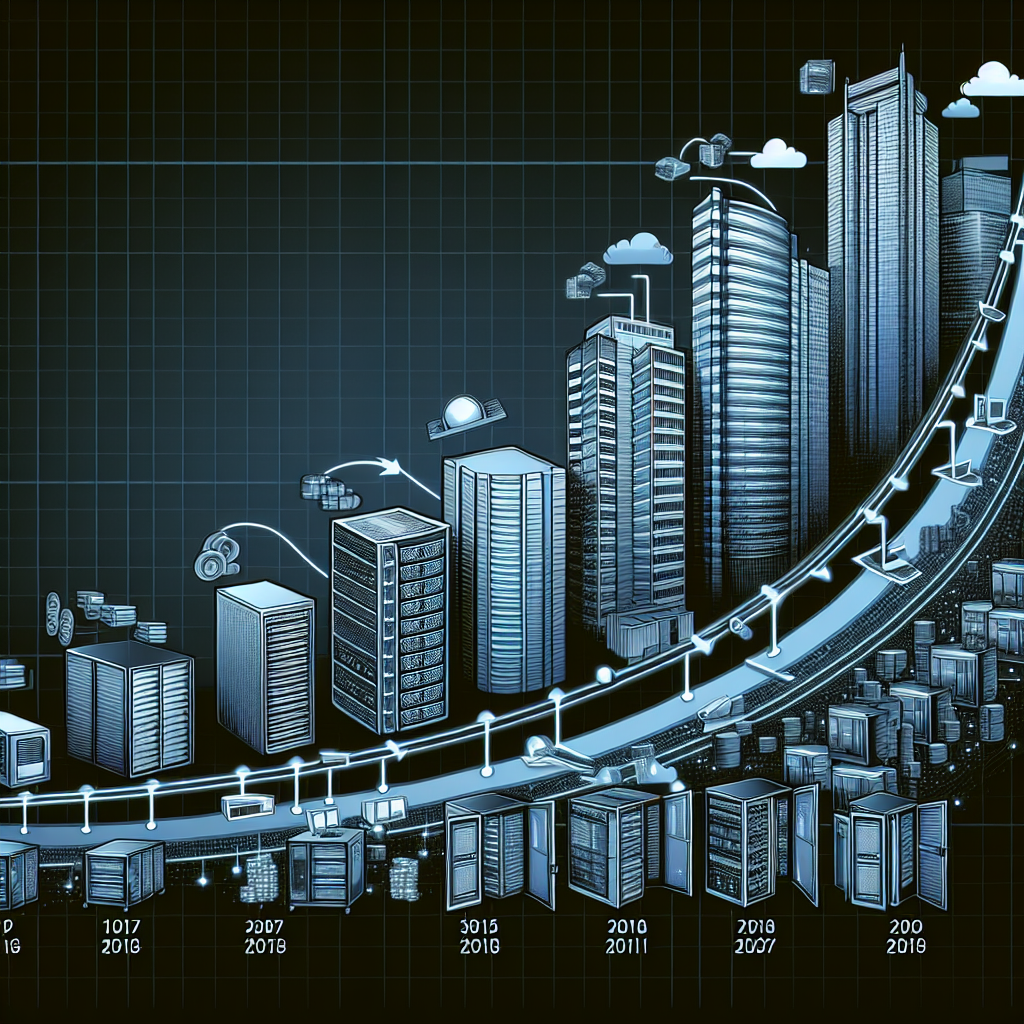Your cart is currently empty!
The Evolution of Data Center Resiliency: Trends and Technologies for Minimizing Downtime

In today’s technology-driven world, data centers play a crucial role in ensuring the smooth functioning of businesses and organizations. These facilities are responsible for storing, processing, and managing vast amounts of data, making them a critical component of modern-day operations. However, as the reliance on data centers continues to grow, so does the need for increased resiliency to minimize downtime and ensure seamless operations.
The evolution of data center resiliency has seen significant advancements in recent years, with trends and technologies emerging to address the challenges of downtime and disruptions. From cloud computing to edge computing, data centers are constantly evolving to meet the demands of a rapidly changing digital landscape.
One of the key trends in data center resiliency is the move towards distributed and edge computing. This approach involves decentralizing data processing and storage by bringing computing resources closer to the end-users. By distributing workloads across multiple locations, organizations can reduce latency and improve performance, while also increasing resiliency by minimizing the impact of localized outages.
Another important trend in data center resiliency is the adoption of cloud-based solutions. Cloud computing allows organizations to access computing resources on-demand, without the need for a physical data center. This flexibility enables organizations to scale their operations more efficiently, while also providing built-in redundancy and failover capabilities to minimize downtime.
In addition to these trends, advancements in technology have also played a significant role in improving data center resiliency. Technologies such as virtualization, containerization, and software-defined networking have enabled organizations to achieve greater flexibility, scalability, and redundancy in their data center operations. These technologies allow for more efficient resource utilization, better resource management, and faster recovery times in the event of an outage.
Furthermore, the use of predictive analytics and AI-driven monitoring tools has also helped organizations to proactively identify and address potential issues before they escalate into full-blown outages. By continuously monitoring the health and performance of data center infrastructure, organizations can detect anomalies and trends that may indicate a potential failure, allowing them to take preemptive action to prevent downtime.
Overall, the evolution of data center resiliency has been driven by a combination of trends and technologies that aim to minimize downtime and ensure the continuous availability of critical data and applications. By embracing distributed computing, cloud solutions, and advanced technologies, organizations can build a more resilient data center infrastructure that can withstand the challenges of today’s digital world. With these advancements, organizations can ensure that their data centers remain operational and reliable, even in the face of unexpected disruptions.

Leave a Reply